It is a detail that most visitors miss in the rush to see our collections, but the Hintze Hall ceiling is a work of art in itself.
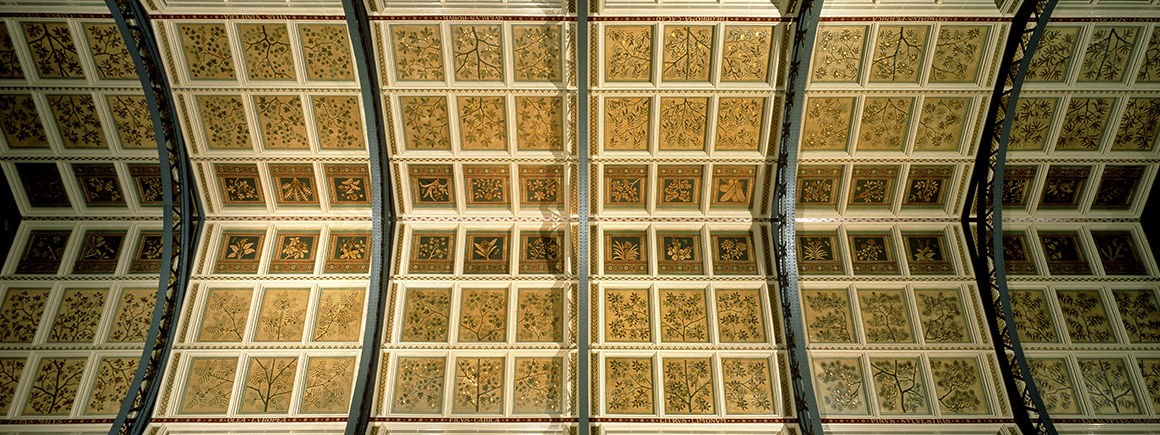
Hintze Hall is home to 162 panels featuring botanical illustrations.
Next time you find yourself underneath the blue whale in our central space, take your eyes off the skeleton for a moment and look even higher.
Hintze Hall is home to 162 decorated panels, bathed in golden light and illustrated by hand, dating from when the Museum opened to the public in 1881.
The botanical illustrations showcase Earth’s abundance of plants. Among them are illustrations of fruit trees such as lemons and pears, drugs such as tobacco and opium poppies, and garden ornamentals such as rhododendrons, irises and sunflowers.
Homage to history
Building work began on the Museum in the 1870s, a time when the British Empire stretched far across the globe, from Canada to India.
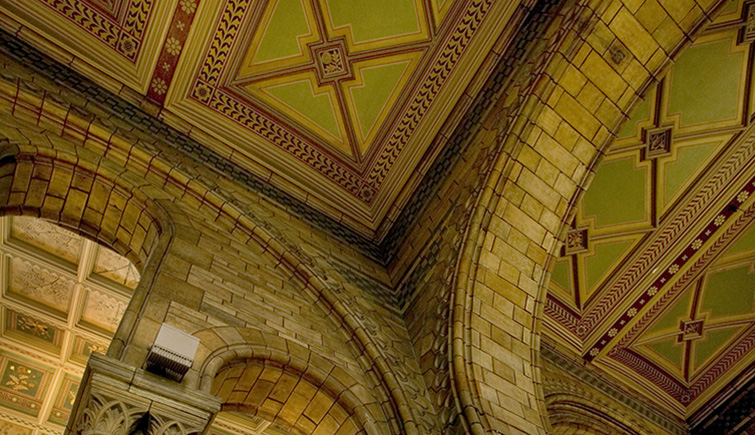
The architectural features of Hintze Hall
Our collections, which began with specimens originally donated by Sir Hans Sloane and Sir Joseph Banks, came from early explorations around the globe, as well as from closer to home in Britain.
Explorers and collectors who visited different continents were fascinated by the range of life they found - though they often only did so with the help of Indigenous and enslaved people - and sent details of what they discovered home to Britain. Their discoveries prompted an enthusiasm in Victorian gardeners for the cultivation of striking plants from around the world.
The ceiling panels in Hintze Hall show plants of all sorts, in a style that evokes the Arts and Crafts movement of the Victorian era.
Many of the plants have medicinal uses, while others are ornamentals and some, like cotton, tea and tobacco, were the plants that built the Empire’s economy.
The vision of Waterhouse
After plans for the ceiling decoration were made, the Manchester-based firm Best and Lea were charged with making the panels, and experts think artist Charles James Lea scaled up the original drawings to panel size.
It is likely that he painted the plaster panels in situ, balancing on top of scaffolding in the same way conservators do today.
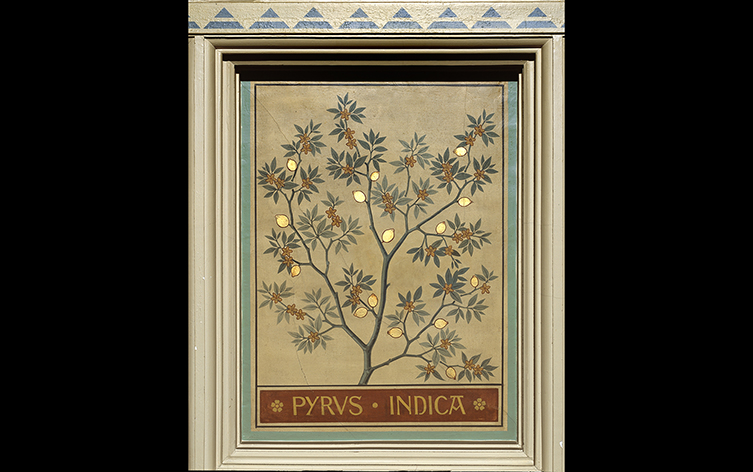
A ceiling panel featuring the Indian pear
Experts don’t know why the botanical ceiling was part of the building’s design, but we do know that it was cut from the plans due to a need to make cost savings. It was then re-instated at the insistence of Alfred Waterhouse, the architect of the original Museum building.
Our botanist Sandy Knapp said, ‘Aren’t we glad Waterhouse convinced those paying for the construction of the building to retain the wonderful ceiling. It is a fantastic introduction to the rest of the wonders held within the collections and celebrates an interesting time in British history.’
Fruit from far-flung lands
Native plants are mixed together with exotic species such as cacao and Banksia, an Australian shrub named after Sir Joseph Banks, whose statue also sits overlooking Hintze Hall.
The English oak makes an appearance, a tree that would have been full of meaning for the Victorian visitor. The oak is known for being a tough and long-living species, and its wood was used in the ships that made Britain a naval power for centuries.
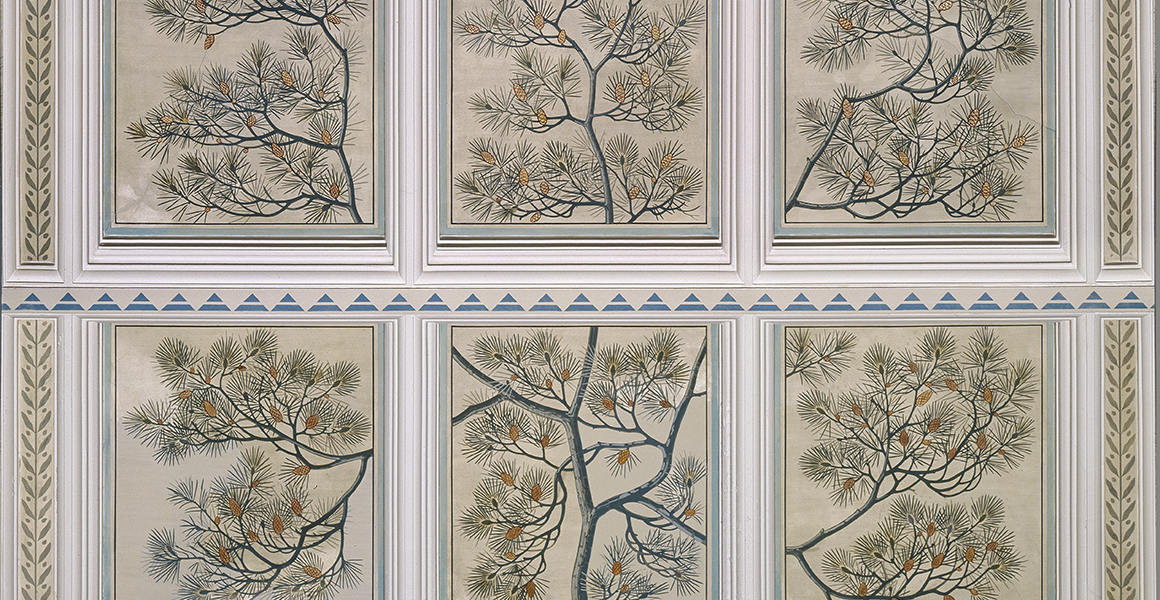
Native plants are represented on the ceiling. These panels show the branches of a Scots pine, our only native pine species.
Fruit trees from across Europe and East Asia are represented, including citron and orange plants. Some of these were also known to the Victorians as perfumes.
Other fruit trees that might have been familiar to our first visitors were pears, cherries and apples, and exotic persimmons and mangosteens.
Large panels depict figs, olives and vines, all Biblical plants that would have been familiar to visitors from their reading.
Preserving architecture
In summer 2017, we opened our redeveloped Hintze Hall. In preparation, some of the ceiling panels were cleaned and restored, along with other architectural features.
To do this, conservators carried out painstaking work on specialist scaffolding to consolidate and preserve the original paintwork.
Hedy Parry-Davies, from historic building consultants Purcell, is a senior conservation architect responsible for caring for the building during its restoration.
She said, ‘Cracks in the ceiling’s painted plaster have been repaired. Flaking paintwork has been consolidated using Japanese tissue, in a technique developed by Hare & Humphreys conservators.’
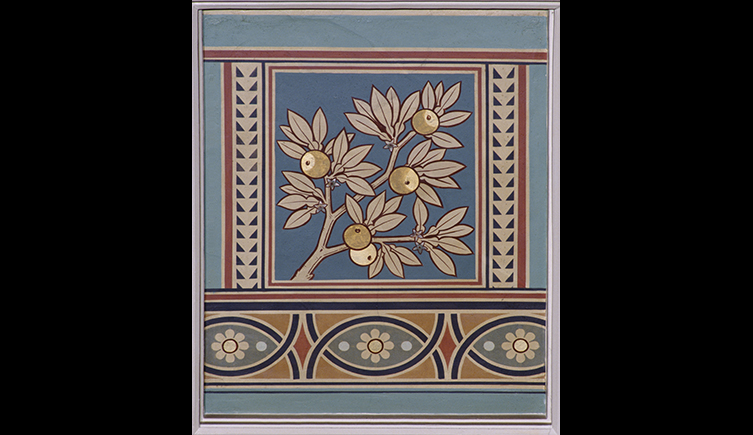
The citrus plant has been cultivated for thousands of years.
‘A close examination of the ceiling has shown that some details in the panels were silver leafed, alongside the gold leaf that was used. Silver leaf doesn't last as long, so it had been painted over in ochre colour at a previous phase of repairs.’
‘The works to the ceilings involved repairs of delaminating fabric and has not altered the colour scheme of the botanic artwork.’
The illustrations are now back to their former glory after weeks of careful restoration.
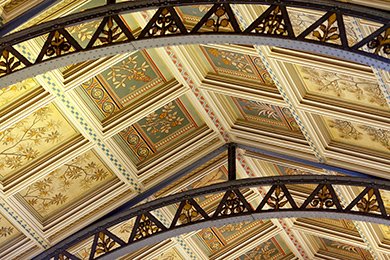
Explore more
Discover the ceiling of Hintze Hall with an interactive gigapixel photo, in collaboration with Google Arts and Culture.
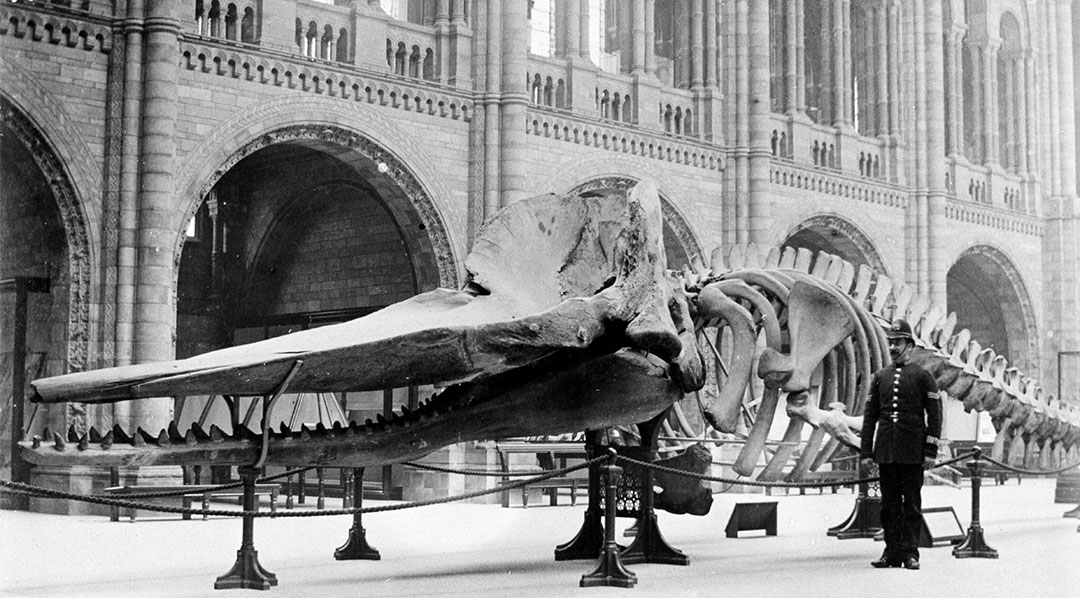
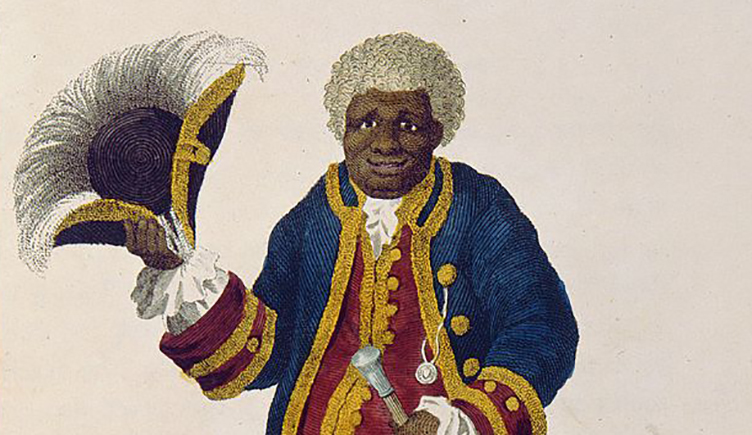
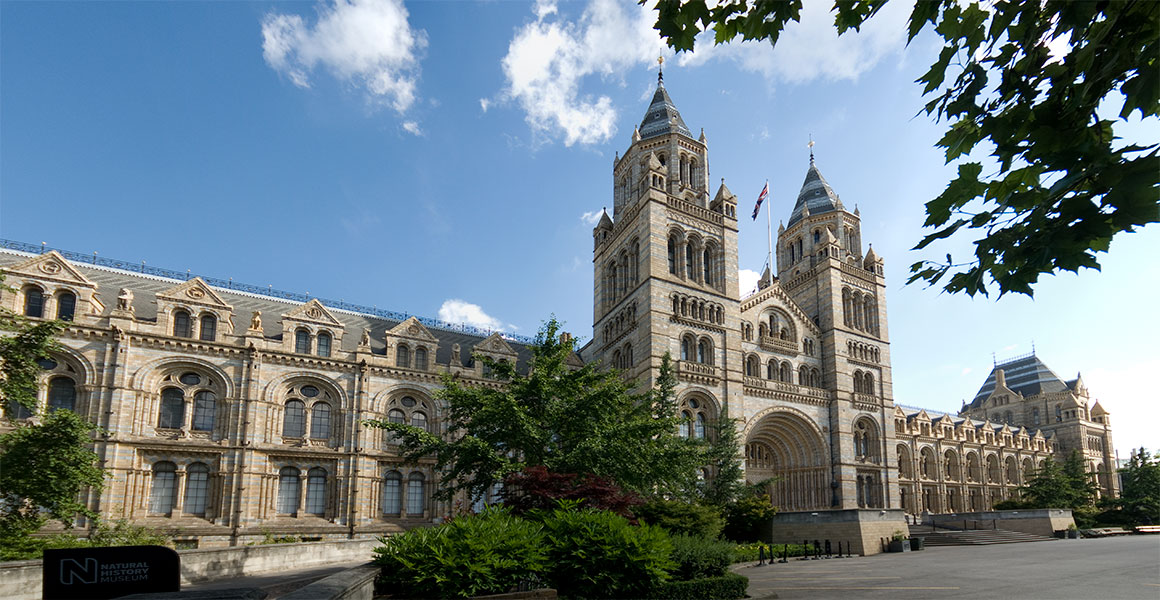
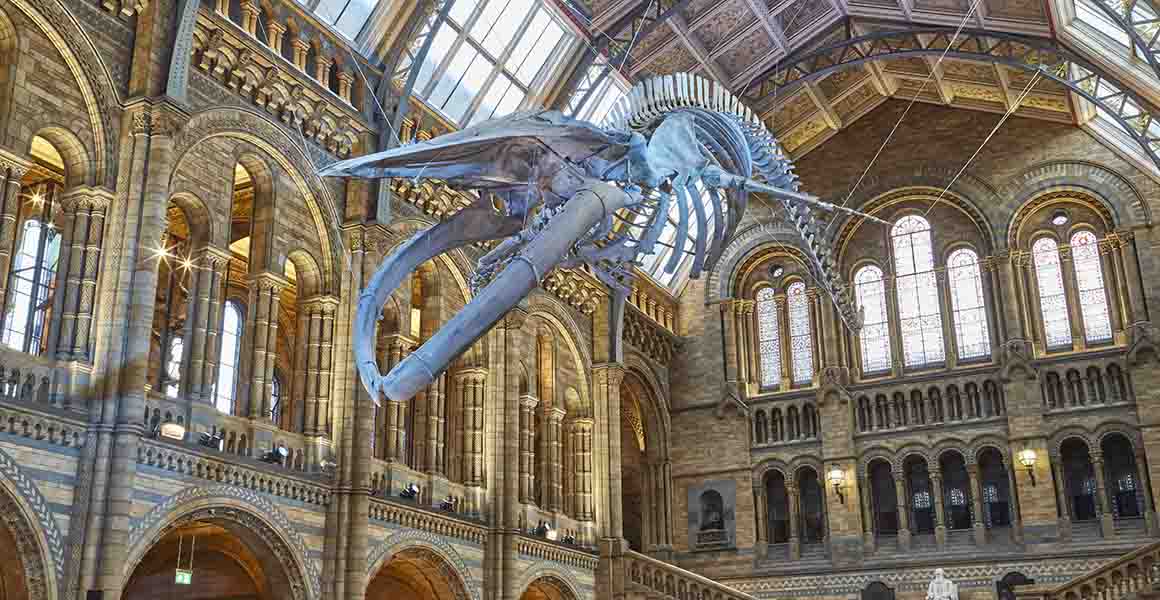
Don't miss a thing
Receive email updates about our news, science, exhibitions, events, products, services and fundraising activities. We may occasionally include third-party content from our corporate partners and other museums. We will not share your personal details with these third parties. You must be over the age of 13. Privacy notice.
Follow us on social media